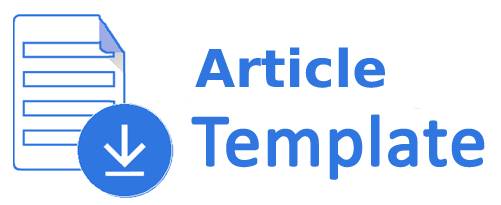Relative Index and Chain Procedure
DOI:
https://doi.org/10.17821/srels/1971/v8i4/49189Abstract
The document finding system devised by Dewey took the form of a Classified Catalogue. Cutter's system took the form of a Dictionary Catalogue. The efficiency of both the systems was largely dependent on the procedure of constructing subject headings to be used in them. Cutter gave a set of explicitly stated rules for this purpose. Dewey wanted the Relative Index to DC to be used as a substitute for the subject index. There was no explicit statement of the procedure followed by Dewey in the construction of the subject headings for the schedule entries, used in the Relative Index. An examination of the Relative Index shows that Dewey'S Procedure conforms to Cutter's Procedure to a large extent; but it introduces the novel feature of using distinctively the 'Yord or word-group having the "contextual function". Chain Procedure of Ranganathan is essentially different from Dewey's Procedure. In this procedure, the expressive name of a specific subject is represented in terms of its fundamental components. The sequenceoi these components is uniformly and uniquely determined in all cases, according to a set of postulates and principles. Each component is standardised. The Chain, bitving the "name-of-subject in standard ternls" as the last link, is determined. The different. kinds of links, such as, sought link, unsought link, and . false link-are distinguished. A subject heading is derived from each of the sought links in the chain according to a set of rules formulated to suit the purpose in band. Obviously, the class number fora compound subject also may form the basis for applying Chain Procedure; but this is not an essential feature of Chain Procedure. Dewey's Procedure and Chain Procedure mark two distinct successive stages of developnient in the theory of subject headings.lDownloads
Download data is not yet available.
Downloads
Published
1971-01-04
How to Cite
Bhattacharyya, G. (1971). Relative Index and Chain Procedure. Journal of Information and Knowledge, 8(4), 369–381. https://doi.org/10.17821/srels/1971/v8i4/49189
Issue
Section
Articles
License
All the articles published in Journal of Information and Knowledge are held by the Publisher. Sarada Ranganathan Endowment for Library Science (SRELS), as a publisher requires its authors to transfer the copyright prior to publication. This will permit SRELS to reproduce, publish, distribute and archive the article in print and electronic form and also to defend against any improper use of the article.
Received 2014-05-22
Accepted 2014-05-22
Published 1971-01-04
Accepted 2014-05-22
Published 1971-01-04

 G. Bhattacharyya
G. Bhattacharyya








